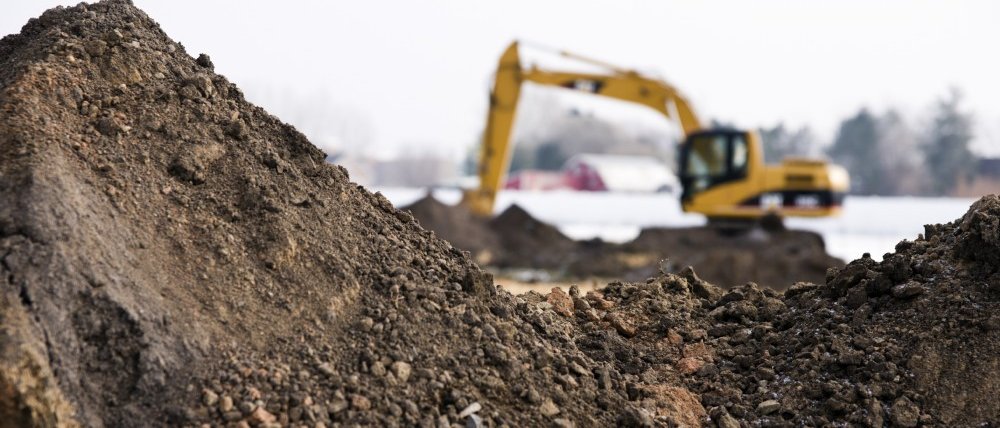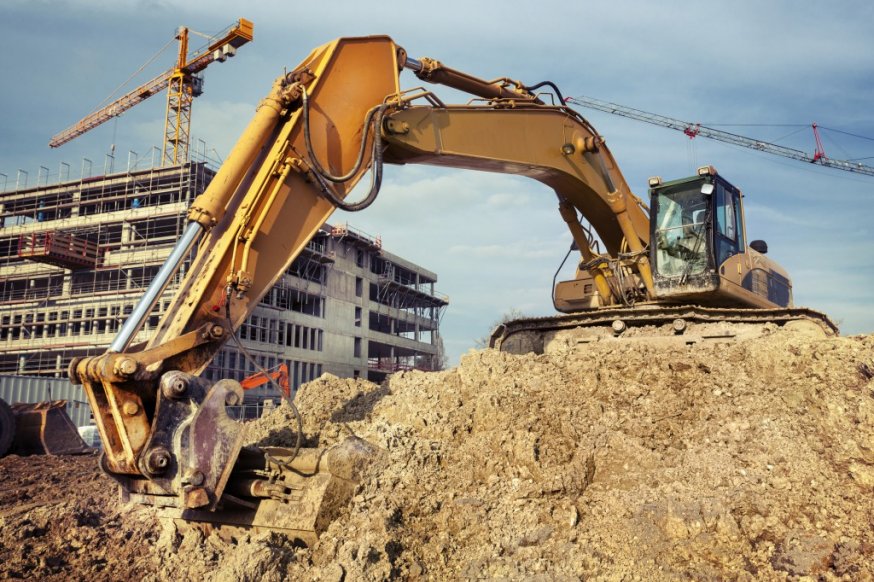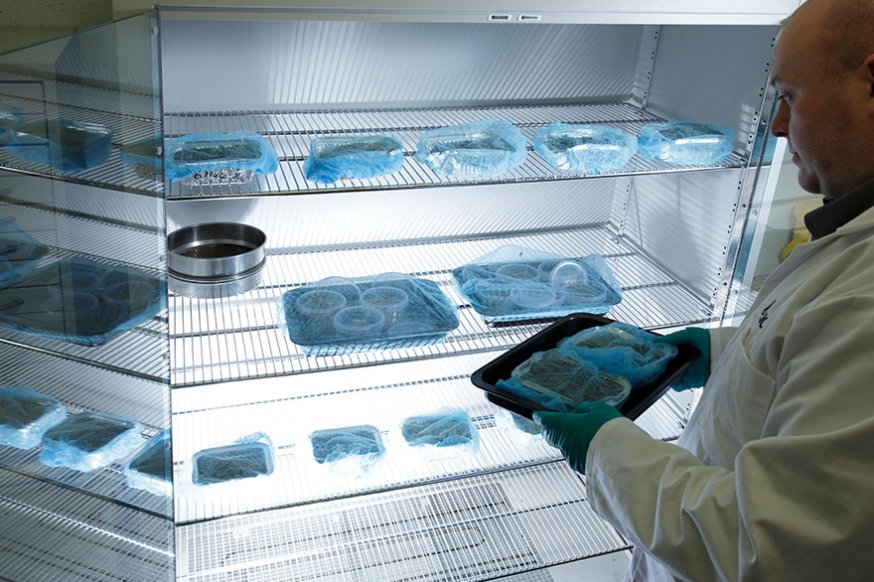
We are the UK’s market leading, independent, ISO 17205 UKAS accredited asbestos testing, inspection and consultancy service provider. Our in-house laboratory is UKAS ISO 17025 accredited for asbestos in soils identification, analysis and quantification using Scanning Electron Microscopy (SEM).



As part of Lucion’s Take Care Be Aware initiative, we actively take care of our health and safety responsibilities, with continuous awareness of our commitments to knowledge share and educate.
In doing so we have created a ‘toolbox talk’ on asbestos awareness to raise awareness of the hazards associated with asbestos-containing materials, enabling safety professionals to share knowledge and overall save the time and effort in producing them for you and your teams.
_2.png)
Download From NexGen

Want to know what is involved in an Asbestos Abatement project? From asbestos survey through to 4 stage clearance certification, find out what's involved with this step by step guide to Asbestos Abatement.
Download Now
Asbestos can find its way into made ground and soils in many different circumstances. These include the historic demolition of buildings containing ACMs, fly-tipped waste, the nature of the business that may have previously occupied a site and previously ineffective remediation of areas that may have been suspected as being contaminated
(including Brownfield sites).
Asbestos in soils may be found in various forms such as loose fill, insulation, lagging, asbestos insulating board (AIB), cement etc and in some cases asbestos fibres may not visible to the naked eye but can still pose a risk to individuals in the surrounding area and can be transferred if left untreated.
Asbestos in made ground and soils is predominantly immobile, although when contaminated ground soil is disturbed, fibres are more likely to be released and pose a risk to both individuals and the environment. Asbestos in soils is only a risk where there is potential for the asbestos fibres to be distrubed and released into the air, resulting in unnecessary exposures. In order to determine the level of risks a risk assessment should be conducted to determine the likelihood of exposure occurring to site teams during earthworks or to the end user.
For those involved in contaminated land projects, there are many legal and regulatory obligations that need to be considered in relation to the potential asbestos contamination of soils and made ground. Control of Asbestos Regulations 2012: Interpretation for Managing and Working with Asbestos in Soil and Construction & Demolition materials: Industry Guidance (also known as CAR-SOIL) requires employers to assess any potential exposure to asbestos faced by employees. Environment Agency regulations require the quantification of asbestos in soils is determined so that an effective risk assessment can be made in relation to hazardous waste handling arrangements and human health risk assessments.
Quantitative measurement of any asbestos included in the soil is a fundamental requirement in relation to occupational exposure and the subsequent determination of the most appropriate removal, disposal or soil re-use arrangements. Many scientific studies have been used to link the quantity of any asbestos present in made ground or soil is a potential risk of allowing airborne fibres to be released during disturbance work, potentially putting both individuals and the environment at risk.
At Lucion, we use our accredited Scanning Electron Microscopy (SEM) services for analysing asbestos fibres in soils. SEM is a more powerful way of analysing hazardous material samples than traditional Phase Contrast Optical Microscope (PCOM or PCM). Analysis through using SEM enables magnification of samples of up to 200,000x, with fibre counting at 2000x, in comparison to 500x magnification when using a PCOM/PCM method.
Our UKAS accreditation confirms that all procedures, equipment, staff competencies and reporting practices used in the laboratory meet the requirements of the ISO 17025 standard. Additionally we have attained separate UKAS accreditation for the use of SEM microscopy for the identification of very low quantities of asbestos fibres in soils.
UKAS Approval is only awarded after a rigorous audit and inspection process is carried out to ensure that the relevant sampling and analysis procedures are in place, that laboratory professionals are properly qualified and trained to carry out the work expected of them and that reporting and documentation are also in line with the required formats.
Our UKAS accreditation for Soil Sampling and Scanning Electron Microscopy (SEM) analysis means our environmental consultants can offer a range of tailored testing and inspection solutions to help deal with the most complex scenarios in an efficient and cost effective manner. Additionally our Environmental team can deliver services beyond asbestos in soils testing including:
The Control of Asbestos Regulations(2012) require sufficient recorded information to prevent exposures to asbestos.
Recently duty holders, landowners and developers have been found liable for claims, despite compliance with the Control of Asbestos Regulations 2012 and planning requirements. In order to avoid liability, it is imperative that potential risks from asbestos-containing soils during all redevelopment is mitigated.
Our team of Asbestos Consultants can help you mitigate the risks of hazardous contaminated land. Our team of specialist hazardous material surveyors we are able to ensure a best practice approach, from the initial site review and desktop study, through to intrusive site investigation and site remediation.
Ensure your people and environment are protected from hazardous material risks. Contact our team today. Click 'Make an Enquiry' now or give our team a call on 0345 5040 303.
Download a printable PDF of this page